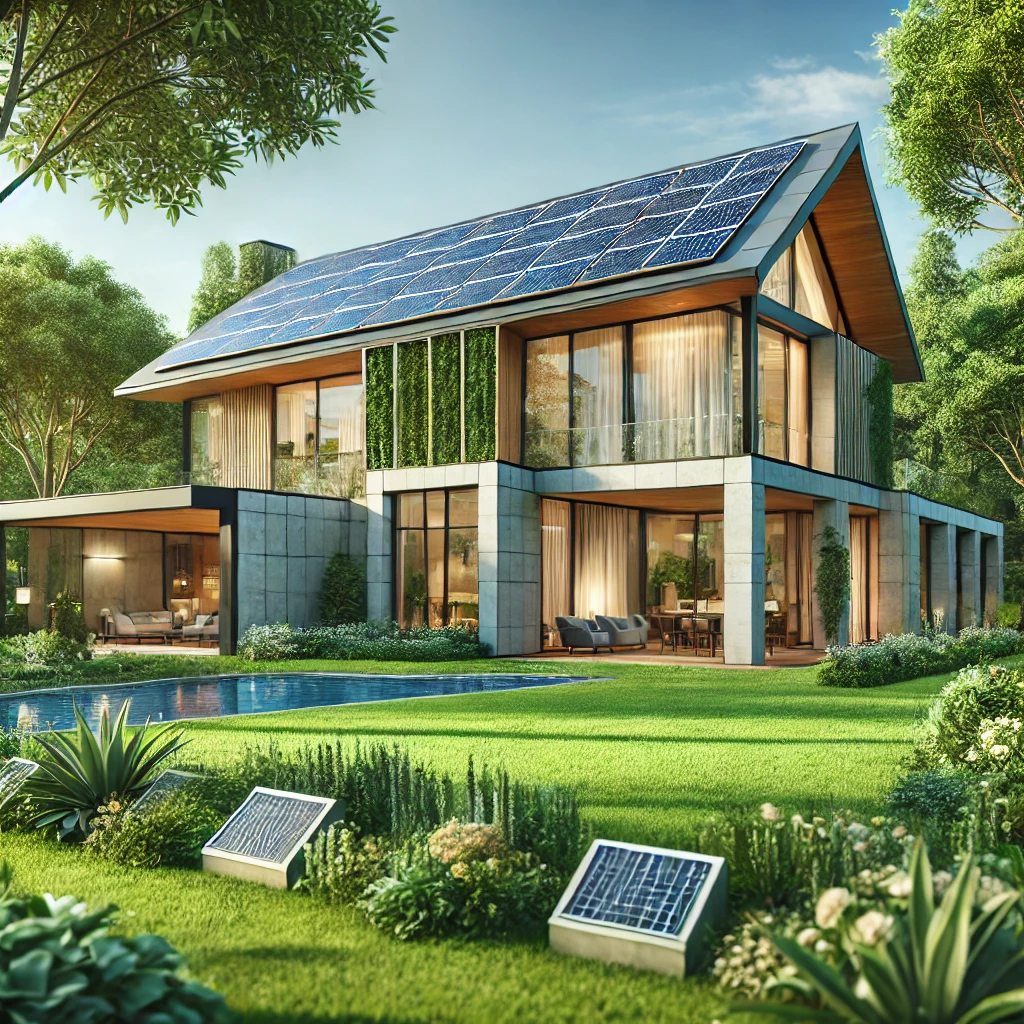In today’s world, where environmental concerns are more pressing than ever, creating an eco-friendly home is not just a personal choice, but a global necessity. From reducing energy consumption to minimizing waste, there are countless ways to make your home greener. We’ve gathered insights from renowned environmental experts like Wangari Maathai and Vandana Shiva to help you transform your living space into a sustainable sanctuary.
Energy Efficiency: The First Step
Use Energy-Efficient Appliances
Replace old appliances with energy-efficient models that consume less power and have a lower environmental impact. Look for products with the Energy Star label, a global standard for energy efficiency.
Upgrade Your Insulation
Proper insulation is key to reducing energy consumption. Check your home’s insulation and consider upgrading to more efficient materials to keep your home warm in winter and cool in summer.
Smart Thermostats
Invest in a smart thermostat. These devices adjust the heating and cooling of your home automatically, ensuring energy efficiency and reducing your carbon footprint.
Water Conservation: Every Drop Counts
Install Low-Flow Fixtures
Equip your home with low-flow showerheads, toilets, and faucets to significantly reduce water usage without sacrificing performance.
Rainwater Harvesting
Set up a rainwater harvesting system to collect and store rainwater for gardening and other non-potable uses. This not only conserves water but also reduces dependence on municipal water systems.
Fix Leaks Promptly
A dripping faucet or leaking toilet can waste a significant amount of water. Regularly check for leaks and fix them promptly to conserve water.
Waste Reduction: Minimize, Reuse, Recycle
Composting Kitchen Waste
Start composting kitchen scraps and yard waste to reduce garbage and create nutrient-rich soil for your garden.
Buy Bulk and Reduce Packaging
Purchase food and other products in bulk to minimize the waste associated with packaging. This not only reduces waste but often saves money.
Recycle and Repurpose
Set up a dedicated recycling area in your home to make recycling easier and more efficient. Also, think creatively about how you can repurpose items before disposing of them.
Eco-Friendly Building Materials
Choose Sustainable Materials
When renovating or building, opt for sustainable building materials such as bamboo, recycled wood, or reclaimed materials. These choices have a lower environmental impact compared to conventional building materials.
Use Low-VOC Paints
Select paints that are low in volatile organic compounds (VOCs) to improve indoor air quality and reduce exposure to harmful chemicals.
Solar Panels
Consider installing solar panels to reduce reliance on fossil fuels and decrease your electric bill. Solar energy is sustainable and increasingly cost-effective.
Expert Advice
Environmental experts like Wangari Maathai advocate for “green belt” movements, encouraging us to plant trees and create green spaces within our homes. Vandana Shiva emphasizes the importance of biodiversity and advises incorporating native plants into home landscaping.

Creating an eco-friendly home is a rewarding journey that not only benefits you but also the planet. By implementing these expert tips, you can reduce your environmental footprint and foster a sustainable future. Remember, every small change contributes to a larger impact.
